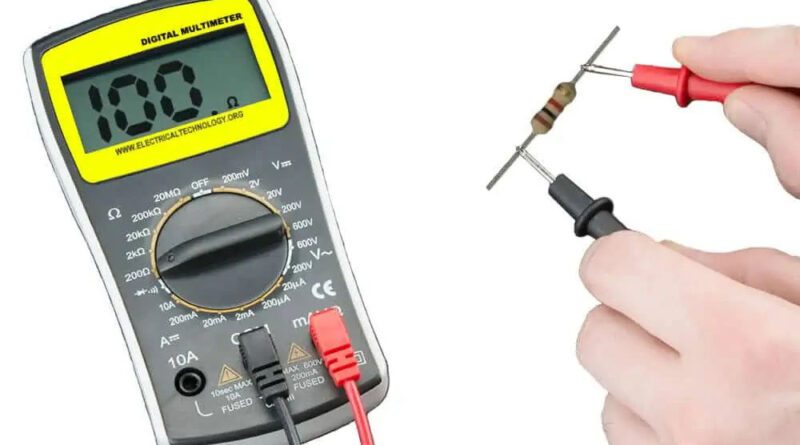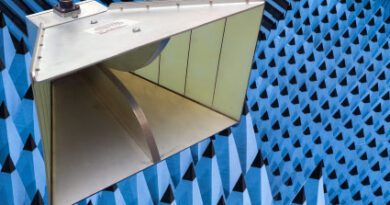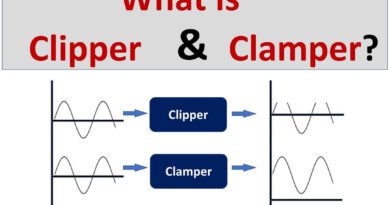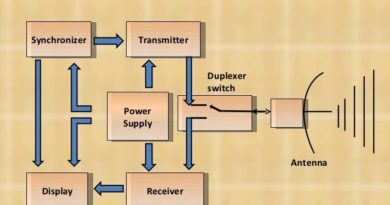Measurement Of Resistance
From the point of view measurements, resistances are classified into the following three types:
1. Low Resistances:
Resistance below 1Ω are called low resistances. These are found in armatures, series winding of large machines, cable length, contacts, etc.
2. Medium Resistances:
Resistances from 1Ω to 100,000 Ω are called medium resistances. These are found in almost all electrical apparatus.
3. High Resistances:
Resistances above 100,000 Ω are called high resistances. For example, insulation resistance etc.
But this classification is not final and is for convenience of measurement.
Measurement of Medium Resistances
Following methods are used for the measurement of medium resistances:
a. Ammeter and voltmeter method.
b. Substitution method.
c. Wheatstone bridge method.
Wheatstone Bridge Method
It is a four arm circuit to measure the unknown resistance. It has four resistances out of which two are known resistances, one variable and the fourth is the resistance to be measured.
Principle:
Its principle was first proposed in 1833 by S. Chrite. But its use as an accurate method for the measurement of resistance was introduced by Sir Charles Wheatstone. It works on the principle that:
“If two points are at the same potential no current flows through a galvanometer connected between these points.”
Construction:
Construction of a Wheatstone bridge
R1,R2 = Known fixed resistances
R3 = Variable resistance
Rx = Unknown resistance
A detector which is usually a sensitive galvanometer is connected between two ends of the bridge while a battery Vs is connected between the other two ends.
Working:
For the measurement of unknown resistance following procedure is adopted.
i. Connected the unknown resistance (Rx) to the terminal of the bridge.
ii. Set the scale of the detector (galvanometer) to the least sensitive range to avoid the reverse unbalanced condition.
iii. Connect the voltage source and vary R3 untill a null condition is obtained.
iv. Determine the unknown resistance by putting the value of R3 in equation 3.
Applications:
Non-electrical quantities can also be measured with the help of Wheatstone Bridge. Some particular material is used whose resistance is changed with the of electrical quantity and hence Wheatstone bridge indicate the change. Some applications are given below:
i. In bismith spiral, wheatstone bridge is used to measure the magnetic field. Resistance of the Bismith increases when placed in a magnetic field and this change in resistance is indicated by the unbalancing of a Wheatstone bridge. From this unbalancing value magnetic field can be measured.
ii. Wheatstone bridge is also used to make an electrical thermometer.
iii. It is also used in ionic wind voltmeter.
iv. It is used for strain guage measurements.
Measurement Of Low Resistances
Low resistances can not be measured by the same method as that of the high resistance due to the following two reasons.
i. In low resistance measurement, contact resistance causes serious error.
ii. These measurements require potential connection i.e. connecting leads which are not part of the circuit whose resistance is to be measured, but these leads connect two points in the circuit to the measuring circuit.
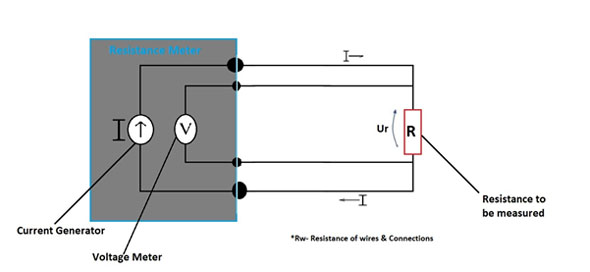
Methods used for these measurements are:
a. Ammeter and voltmeter method.
b. Potentiometer method.
c. Kelvin’s double bridge method.
Kelvin’s Double Bridge Method
When measuring the low resistances below 1 Ω, the small but finite resistance of leads and electrical contacts can cause a significant error if a Wheatstone bridge is used. To eliminate this error Wheatstone bridge is modified into a Kelvin’s bridge or Kelvin’s double bridge also called Thompson bridge.
Principle:
It works on the same principle as that of the Wheatstone bridge.
Construction:
Construction of a Kelvin’s bridge
Rw = Resistance of the conductor wire which connect unknown resistor Rx to R3
R5 = It limits the current
R5,R6 = These resistances bridges Rw and have the same ratio as that of R1 and R2
R1, R2 = Known resistances
Rx = Resistance to be measured
Working:
By bridging Rw with two resistances R5 and R6, the effect of voltage drop across Rw is eliminated. At balance, the voltage across R2 equals the voltage across the series combination of R6 and Rx.
Murray Loop Test Methods
It can be used to locate faults, such as short to ground, in wire lines and cables. This is particularly helpful when the cable is burried underground. Instead of underneathing the entire cable, repair workers can locate the precise position of a fault with this method. They repair the cable only from where necessary. Principle of Murry loop method is the same as that of the Wheatstone bridge.
Varley Loop Test Methods
Use of Varley loop is the same as that of the Murray loop test . It is also used for fault location. It works on the principle of Wheatstone bridge.
Measurement of High Resistances
Among high resistance measurements, measurement of insulation of cables is more important. Methods used for the measurement of high resistance are:
a. Direct deflection method
b. Price guard-wire method
c. By electronics instruments
d. By Megger
Megger
Megger is used for the measurement of high resistance and insulations.
It works on the principle of interaction between two coils which are at right angle to each other. A and B, which are tightened with each other perpendicularly so that they can rotate about an axis. When current is passed through two coil, torque is produced in both the coils. Torques of two coils act in apposite direction.
Ranges of Megger
Meggers are made in various ranges, the lowest range being scaled to read from 0 to 10 MΩ and the highest range from 8 to 20,000 MΩ. The standard set familiar for ordinary tests of house wiring reads from 0 to 100 MΩ, with the lowest scale reading of 10,000Ω. For cable testing, however, the higher range instruments are useful. Those reading upto 2000 to 5000 MΩ, for instance are provided with 1000V generators and the one reading upto 10,000 MΩ has a 2500V generator. These is also a 5000V pattern. For testing the insulation of 400 to 500V circuit, one with a 1000V generator and reading upto 200 MΩ is useful, and there is cheaper and lighter 500V set known as the “meg” as well as a “Wee Megger” which is still smaller and has no compensating coil.

